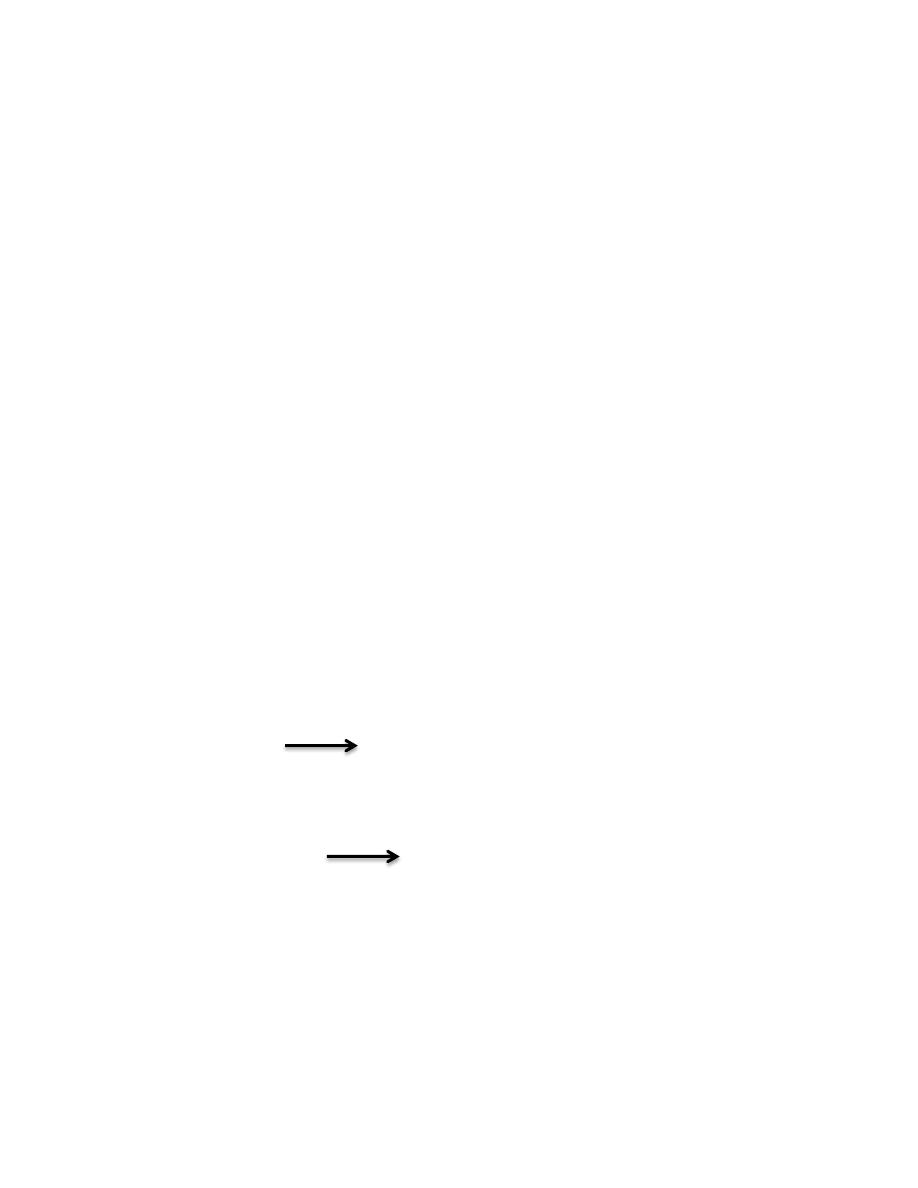
1
Receptor: it’s a specific site on the cell or inside the cell, its
protein in nature, it’s affected by many drugs when attachment
on it.
Types of receptors:
1. Membranous: α and β receptors; muscarine, nicotine.
2. Inside the cell: steroidal H. , glucocorticoid, estrogen, thyroid
H.
Kinds of receptors: protein, enzyme, RNA, DNA.
Absorption: transfer of the drug from the site of administration
to the blood stream it depends on the rate and extend of the
drug.
Bioavailability(Bio.): it’s the rate and extend of the drug that is
reach to systemic circulation e.g. Bio. of X drug is 70% that is
mean the drug is absorbed by 70% and excreted by 30%.
Note: elimination includes metabolism and excretion.
Some drugs are lipid soluble so it’s blood brain barrier, and
some drugs are water soluble .
The absorption:

2
1. Transport of drugs from GIT by passive or simple diffusion
and active transport.
2. PH has effect on absorption.
3. Most of drugs are weak acid and weak base.
Physical factors on absorption:
1. Blood flow.
2. Total surface area.
Distribution: transport of drugs to different parts of the body.
Note: drug leaves the blood stream and enters into the
extracellular fluid or enters the cells of tissues.
It depends on:
1. Blood flow:
a) Central compartment: it includes highly vascular organs,
and rich blood vessels (it has more blood perfusion) e.g.
liver, kidney, heart, spleen.
b) Peripheral compartment: it includes less vascular organs,
and poor blood vessels (it has less

3
blood perfusion) e.g. skeletal, connective tissue, adipose
tissue, interstitial tissue.
2. Capillary permeability: it’s capillary structure.
3. Binding of drug to protein: albumin, fibrinogen, globulin,
ceruloplasmine, and transferrin.
4. Presence of storage depot.
Metabolism: change of the drug from lipid to soluble to be easily
eliminated.
Phase (1): it includes oxidation, reduction and hydrolysis.
Phase (2): conjugation.
Note: oxidation takes place in the liver (endoplasmic reticulum).
Factors effect drug oxidation:
1. Age.
2. Species variation.
3. Diseases.
4. Enzyme induction.
5. Enzyme inhibition.
6. Starvation.
7. Dose and root of administration.

4
Reduction: includes chloramphenicol.
Hydrolysis: procaine, xylocaine.
Conjugation: glucuronic acid, sulfide acid, acetylation, amino
acid.
Excretion: remove of the drugs to outside of the body e.g.
hepatic root through the bile, lung by gas exchange, lactation
through milk, skin sweat glands, saliva through the intestine.
Affinity: tendency of drug to combine with specific kind of
receptor.
Effinity: ability of the drug after binding with receptor to
activate the receptor.
Agonist: when drug binding with receptor and give action e.g.
muscarine + ACH action.
Antagonist: drug binding with receptor with no activation e.g.
muscarine + atropine no active.

5
Types of drug antagonism:
1. Physiological: when 2 substances act on 2 different
receptors e.g. histamine(bronchoconstriction),
adrenalin(bronchodilitation).
2. Chemical: chemical reactions occur between 2 substances to
produce inactive or insoluble substances.
